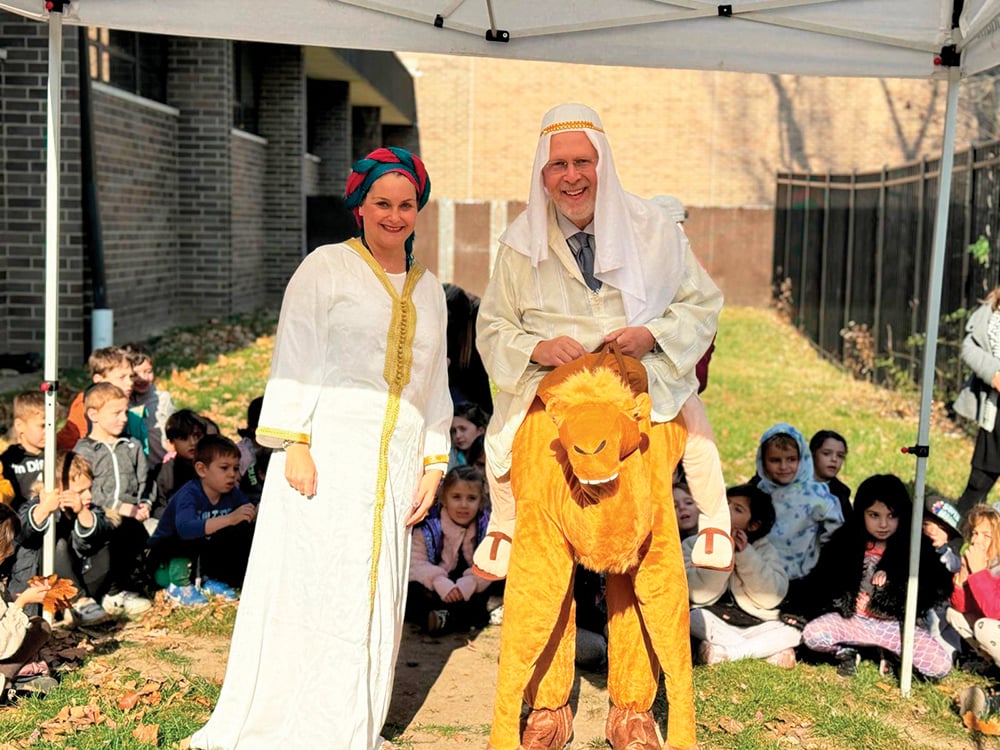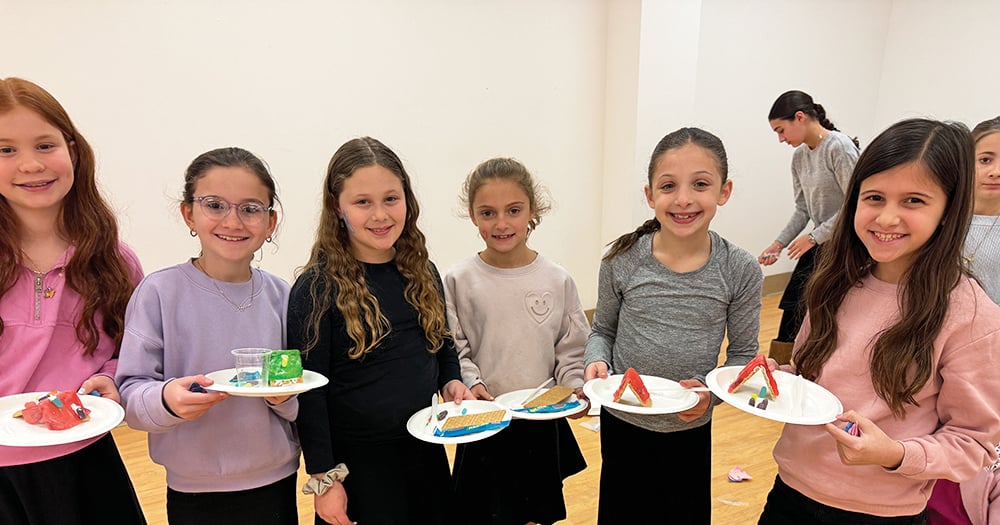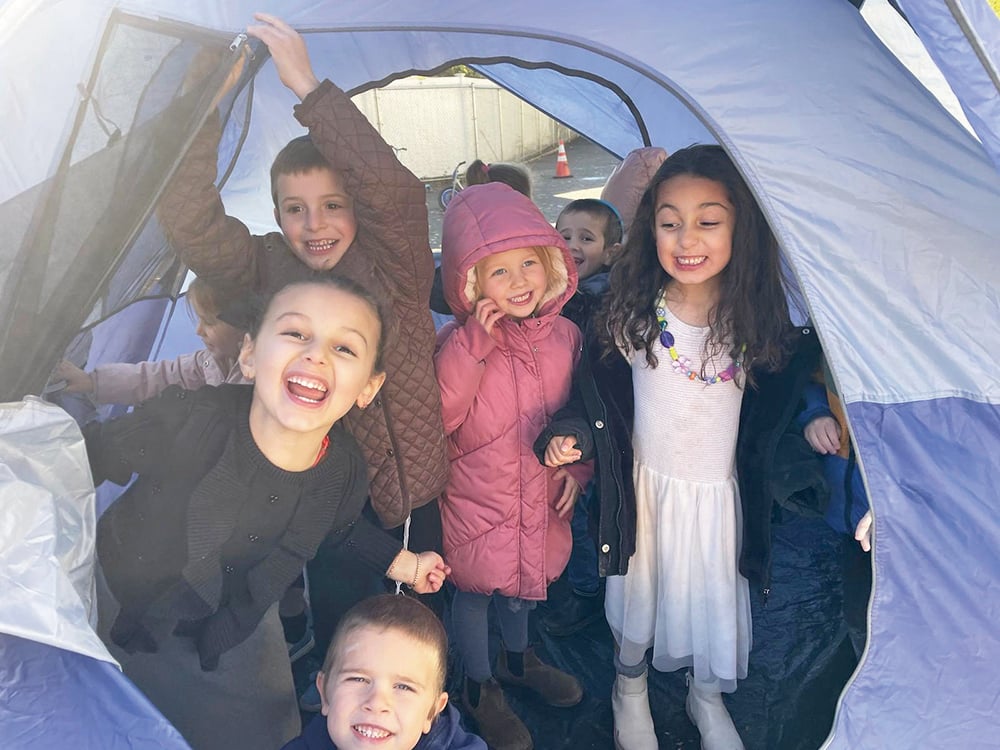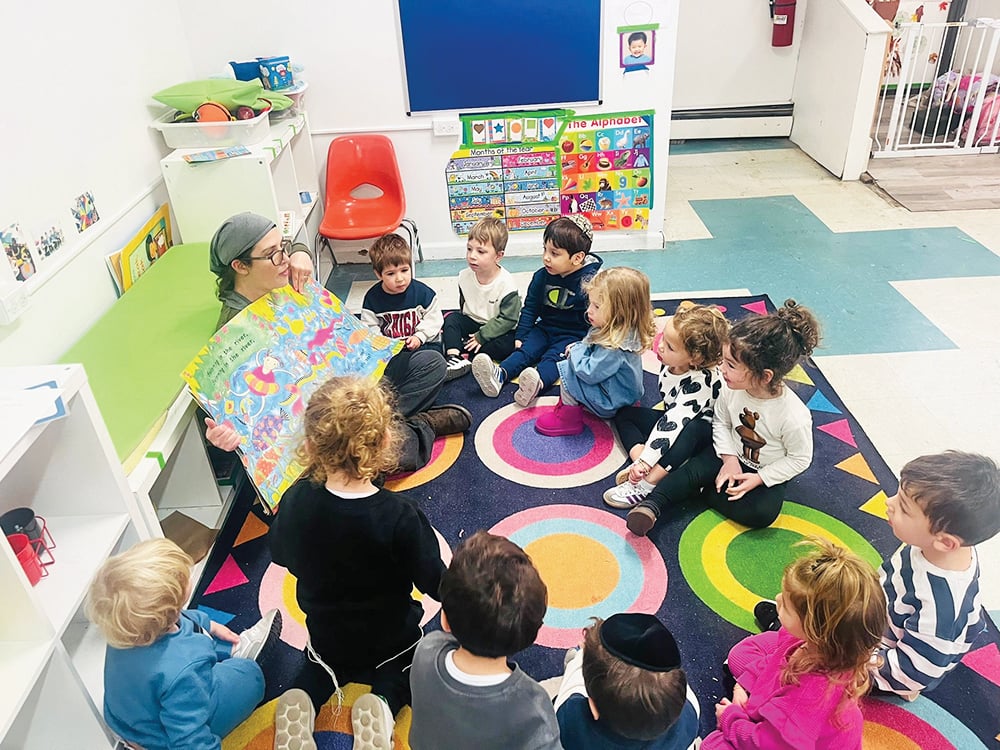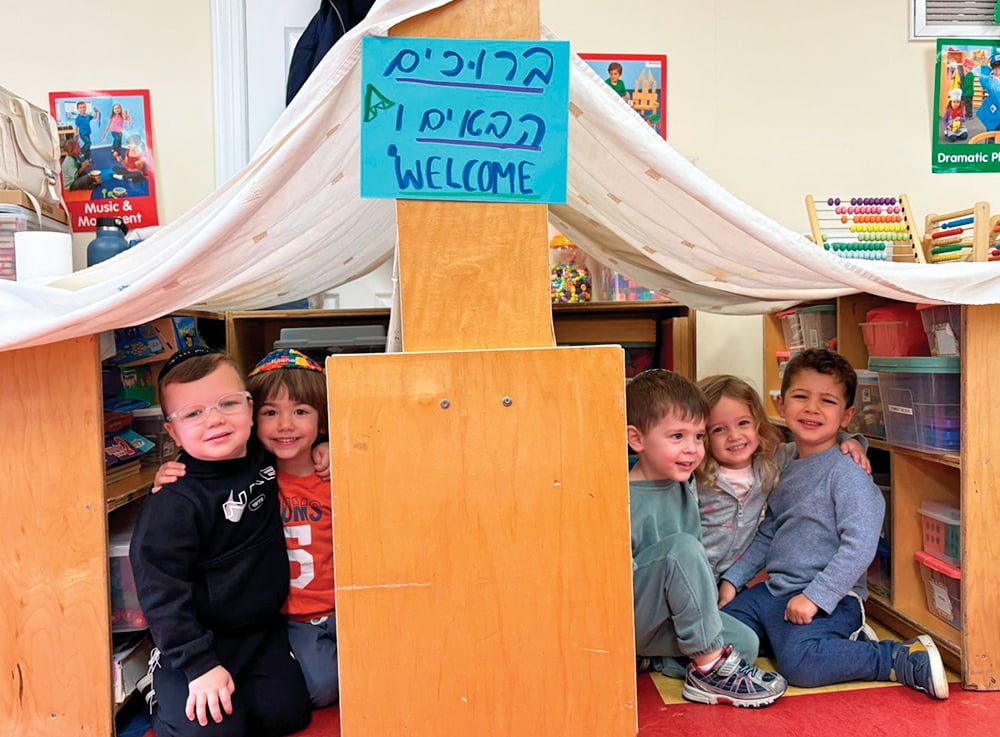By Daniel Jaffe
On June 9, Teach Coalition held a webinar to discuss and explain the national implications of a decision of the Oklahoma Virtual Charter School Board, which has piqued the interest of the religious world. In light of this decision for a state to fund the creation of a Catholic charter school, Teach Coalition explained the lasting, real-life implications the Jewish community could face as a result.
Teach Coalition, a subsection of the Orthodox Union, focused on advocating for nonpublic school funding, recruited the likes of two very qualified guests to help viewers better understand the impact this decision truly has. The first guest, Nicole Stelle Garnett, is John P. Murphy Foundation professor of law and associate dean of external affairs at Notre Dame Law School. Joining her was Avi Helfand, a chief member of numerous institutions focused on law and religion, and the senior legal adviser for Teach Coalition. The two guests, along with questions and input from Teach Coalition’s founder Maury Litwack, were able to give their knowledgeable opinions on the topic.
The decision in question was a vote from three members of a charter school board in Oklahoma to approve a potential religious virtual school, St. Isidore of Seville. The school would operate as a charter school, creating the conflict between government funding and religious curriculum that required the board’s ruling.
It may be easy to ask: What does the decision regarding a random Catholic school all the way out in Oklahoma have anything to do with the various Jewish communities around the United States? The simple answer is a loss of religious liberty. In truth, the speakers contended that this complicated issue permates beyond just that, and it’s not like a transition from this specific school to widespread Jewish charter schools would be near. Nonetheless, as the webinar made clear, it’s difficult to deny the influence this decision has on the Jewish education system, and the Jewish community at large.
What makes this decision noteworthy in the first place is the general negative reputation of religiously affiliated schools in the United States. As Garnett explained, religious charter schools are prohibited nearly everywhere, with some states going as far as to ban all religiously affiliated schools, charter or not.
A key factor in the current reputation of religious schools is the First Amendment to the United States Constitution, which declares the requirement for a “separation of church and state.” Thus, generally any school looking to receive funds from the state or federal governments is unable to incorporate religion within its walls, and some view private religious schools as being unfair exceptions to this, as they do receive government funding. This amendment, often referred to as the Establishment Clause, is also at the forefront of the religious charter school debate.
What makes charter schools so difficult in these cases is the uncertainty of exactly what the school is defined as. Charter schools are publicly funded but privately owned, giving them similarities to both public and private schools. To Helfand, this variability of categorizing the school itself is at the “core” of the issue of these religious charter schools, prompting the question of whether to proclaim these schools as public or private.
Helfand elaborated on both possibilities, and how our definitions of the schools impact their legal standing. If called public, like all other public schools, the government funding will block the ability for any religious association. However, if a charter school is instead deemed private, allowing all charter schools except those religiously affiliated could be classified as religious discrimination.
Garnett’s approach to the matter was slightly different from Helfand’s understanding; he pointed out that “it’s not what it’s called, it’s what it is.” Even if these schools are called public, which is consistently the case in the U.S., they can still be considered to be acting privately. Instead, the real issue is whether the government itself is enacting these religious guidelines, or if the school as a private entity is doing so.
This case is an extremely complicated and hotly contested one. The opposition from those against incorporating religion into public education could cause the case to rise in the judicial ranks and possibly reach the Supreme Court. When Litwack asked what each guest believed would be the result of such a case, Helfand and Garnett again slightly disagreed. Helfand speculated that the court would determine charter schools to be public, much due to their “desire to stem the tide,” and preserve the accepted view that charter schools may not include religious affiliation.
Garnett chose to focus more on what she called the “logical” conclusion to the situation, which according to her would declare that “charter school laws that prohibit religious charter schools are unconstitutional.” Despite their disagreement, both acknowledged that the case is not clear-cut, and that a Supreme Court ruling in either direction would have lasting implications for charter schools and beyond.
Helfand identified the double-edged sword that would take shape with these implications. On the one hand, allowing more religious incorporation within public facilities could allow religious groups, including Jews, to participate in and be a benefactor of more government funding than were allotted to these groups previously.
On the other hand, this gained neutrality could allow the government to have a larger say in school matters, and more importantly, institute more restraints on how religion is integrated into public domains. At the end of the day, Helfand emphasizes the equality this could bring to Jews: “If everybody has access to something, then the Jewish community has the opportunity to do so as well.”
Garnett added to the positive implications mentioned by Helfand, and discussed the wide-scale impact this could have on religious communities. Like Helfand, she made sure to point out a caveat of this success saying, “There’ve been a lot of religious-liberty victories because there’ve been a lot of anti-religious actions that had to be challenged.” As a final takeaway, Garnett noted that this case is part of a recent movement to allow parents more choice in how to educate their children, which for religious and nonreligious communities alike is a very promising sign.
Daniel Jaffe, a Jewish Link intern, is a rising junior at Yeshiva University who lives in Teaneck.




